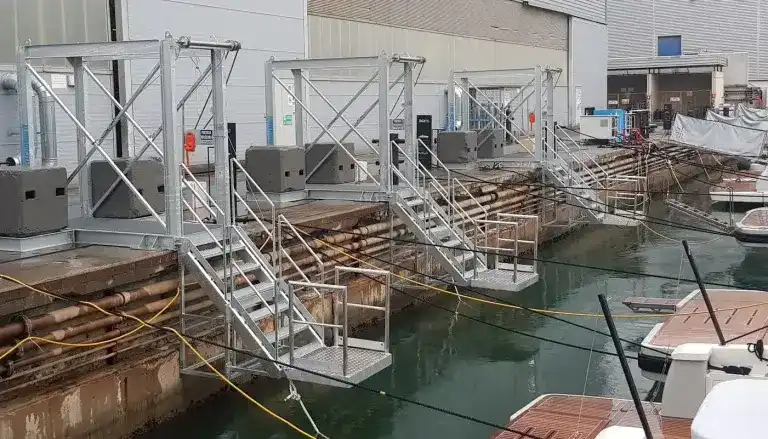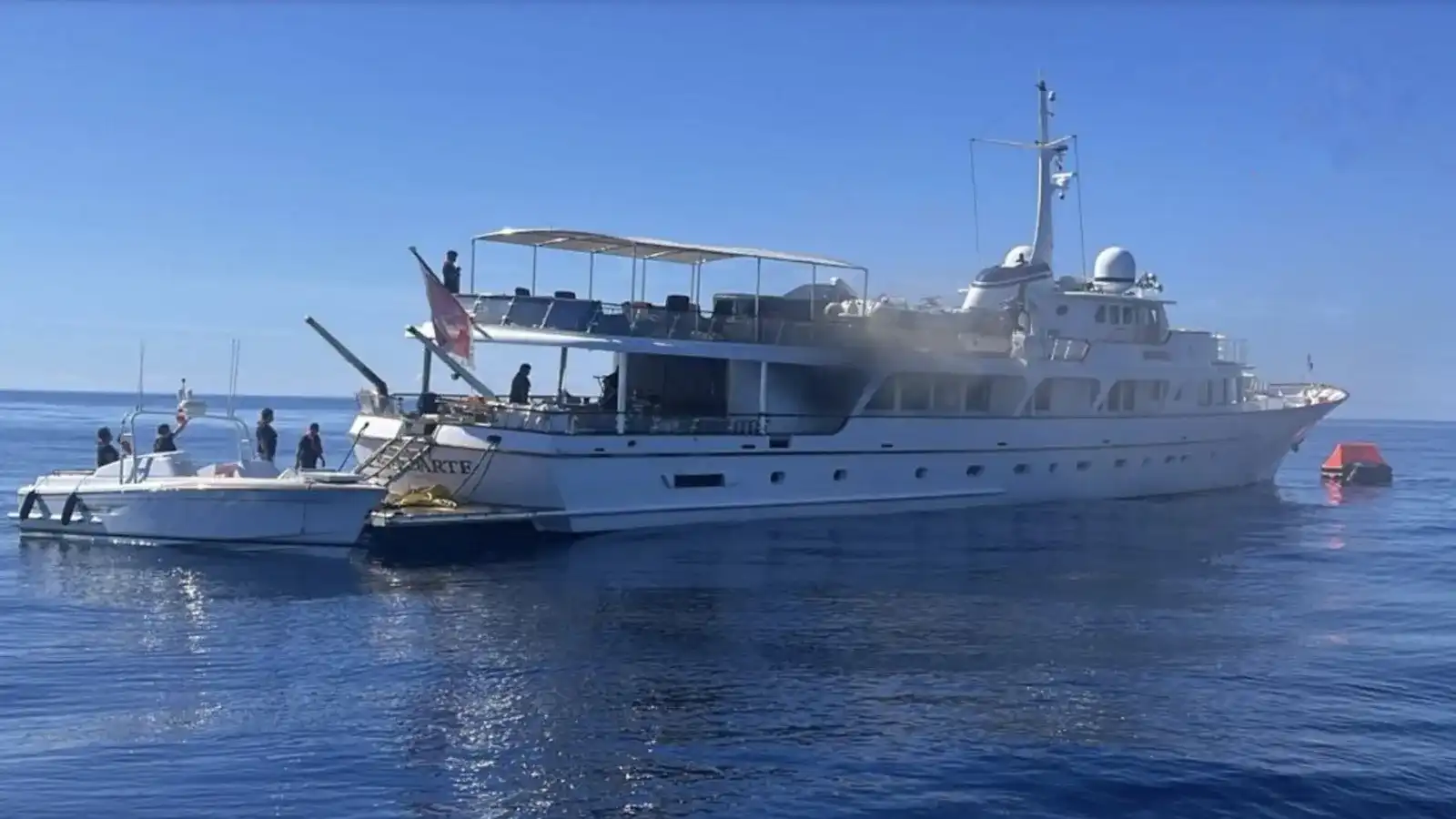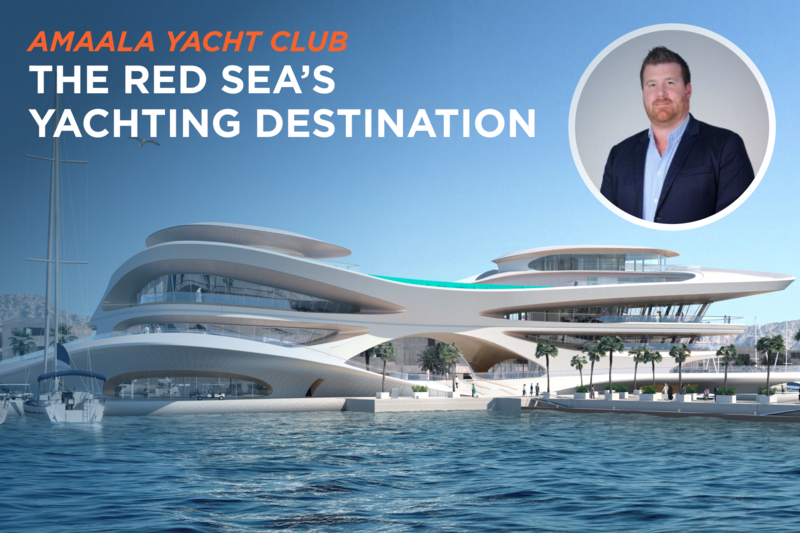The aluminium edge: Inside Heesen’s pursuit of performance and efficiency

Aluminium has long played a central role in Heesen Yachts’ shipbuilding philosophy – not merely as a construction material, but as a platform for innovation, efficiency and elevated performance. From its earliest record-breaking launches to its cutting-edge Fast Displacement Hull Form (FDHF) designs, Heesen’s enduring commitment to aluminium construction continues to shape the conversation around speed, fuel economy, and design flexibility in the superyacht sector.
This feature explores the technical rationale behind Heesen’s material choices, with insights from Peter van der Zanden, General Manager Design & Development. From hydrodynamic innovation to lifecycle sustainability, aluminium is more than a material – it is one of the enablers of Heesen’s signature edge.
A legacy forged in speed
Heesen’s association with aluminium began with a single-minded focus: achieving high-speed performance. In an era dominated by steel displacement yachts, the Dutch yard turned heads in 1988 with the launch of Octopussy, a high-speed vessel that reached an astonishing 53 knots. Achieving such velocity required more than raw horsepower – it necessitated a fundamentally lightweight construction to overcome hydrodynamic resistance at planing speeds. As Peter explains; “For semi-displacement hull forms common in earlier fast yachts, light-weighting is crucial to efficiently overcoming the 'hump' in the resistance curve and reaching planing speeds.”
This early success defined Heesen’s DNA, but the rationale has since matured. As naval architecture has evolved, so too has aluminium’s role. “While propulsion technologies are key to converting power into motion, aluminium allows us to fully exploit that potential,” add Peter. “The advent of the Fast Displacement Hull Form (FDHF) has elevated the significance of lightweight construction – not just for speed, but for all-round efficiency across the speed range.”
Enhancing hydrodynamics
Developed in collaboration with Van Oossanen Naval Architects, Heesen’s FDHF has become a hallmark of modern hull innovation. Unlike traditional displacement or semi-displacement designs, the FDHF reduces drag across a wide range of speeds, offering enhanced fuel efficiency without compromising on comfort or range.
“Aluminium construction enhances this efficiency by significantly reducing displacement,” says Peter. “A lighter structure generates less resistance in the water, meaning the yacht requires less power to maintain speed.” The result? Superior cruising performance with reduced engine output, translating to tangible fuel savings.
Take the example of the 65-metre Galactica Star, now Illusion – an all-aluminium FDHF yacht that outperforms heavier steel counterparts, not only in top speed, but also in operational economy. This performance is mirrored in comparative data between the 50-metre hybrid Home and her steel-hulled sister Ann G: at 14 knots, Home uses 40 percent less fuel, underscoring aluminium’s remarkable impact on efficiency.
As the industry pivots toward greener solutions, aluminium emerges as a key material for sustainable yachting. Its recyclability is well established, with a robust global infrastructure for repurposing end-of-life aluminium. But the more immediate impact lies in operational efficiency.
“Because aluminium requires less installed power, it enables smaller, more fuel-efficient engines,” notes Peter. This efficiency pays off with each mile sailed, reducing both fuel consumption and emissions.
Structural flexibility
While aluminium is often praised for its malleability, Heesen stresses that its structural attributes are what truly empower design flexibility. With a higher strength-to-weight ratio than steel, aluminium allows for the inclusion of heavier custom elements – from expansive glass structures to complex AV systems – without exceeding displacement targets.
“The weight savings allow more generous allocations for bespoke features. This could mean bolder use of interior volumes, or accommodating advanced stabilisation and propulsion technologies. Ultimately, it’s about giving designers and owners more room – both literally and creatively – to realise their vision.”
One of aluminium’s more practical benefits lies in its ability to facilitate shallower drafts. Particularly valued in regions such as the Bahamas, where restricted depths are the norm, shallow draft expands a yacht’s cruising capabilities considerably.
“With less displacement comes a higher ride in the water,” Peter explains. “This means not only better access to shallow anchorages but also potential for further optimisation through features like propeller tunnels.” Contrary to common belief, aluminium yachts are not inherently less stable – when designed properly, stability is a function of hull form and mass distribution, not the material itself.
Precision, expertise and build integrity
Aluminium’s advantages extend into the shipyard, though working with it demands finesse. Unlike steel, aluminium has a lower melting point and is more prone to distortion during welding – necessitating greater technical skill and precision. This is where Heesen’s decades of experience give it a marked edge.
“Our in-house teams have refined aluminium welding techniques over many years,” Peter states. “It’s a complex process that few shipyards can master at scale, but it’s central to maintaining the structural integrity and performance standards our clients expect.”
Despite its technical challenges, aluminium builds are completed on timelines comparable to steel yachts, a testament to Heesen’s finely tuned production methodologies.
Looking ahead: Innovations from Heesen’s R&D
Heesen’s aluminium programme is far from static. The yard’s R&D department is investing in technologies that continue to extend the performance and environmental credentials of its fleet. These include Promas Rudders for improved propulsion efficiency and refined underwater exhaust systems – such as the ‘negative exhaust’ seen aboard Ultra G – to reduce drag and optimise waterflow.
“Many of these innovations apply across our portfolio, but they’re especially effective when paired with aluminium’s lightweight advantage.”
In Heesen’s world, aluminium is not a compromise – it is a strategic choice grounded in performance, efficiency, and design ambition. From sleek, shallow-draft explorers to high-speed hybrids, Heesen continues to demonstrate how aluminium remains the material of the future. And with new innovations on the horizon, the aluminium edge looks set to stay razor sharp.



